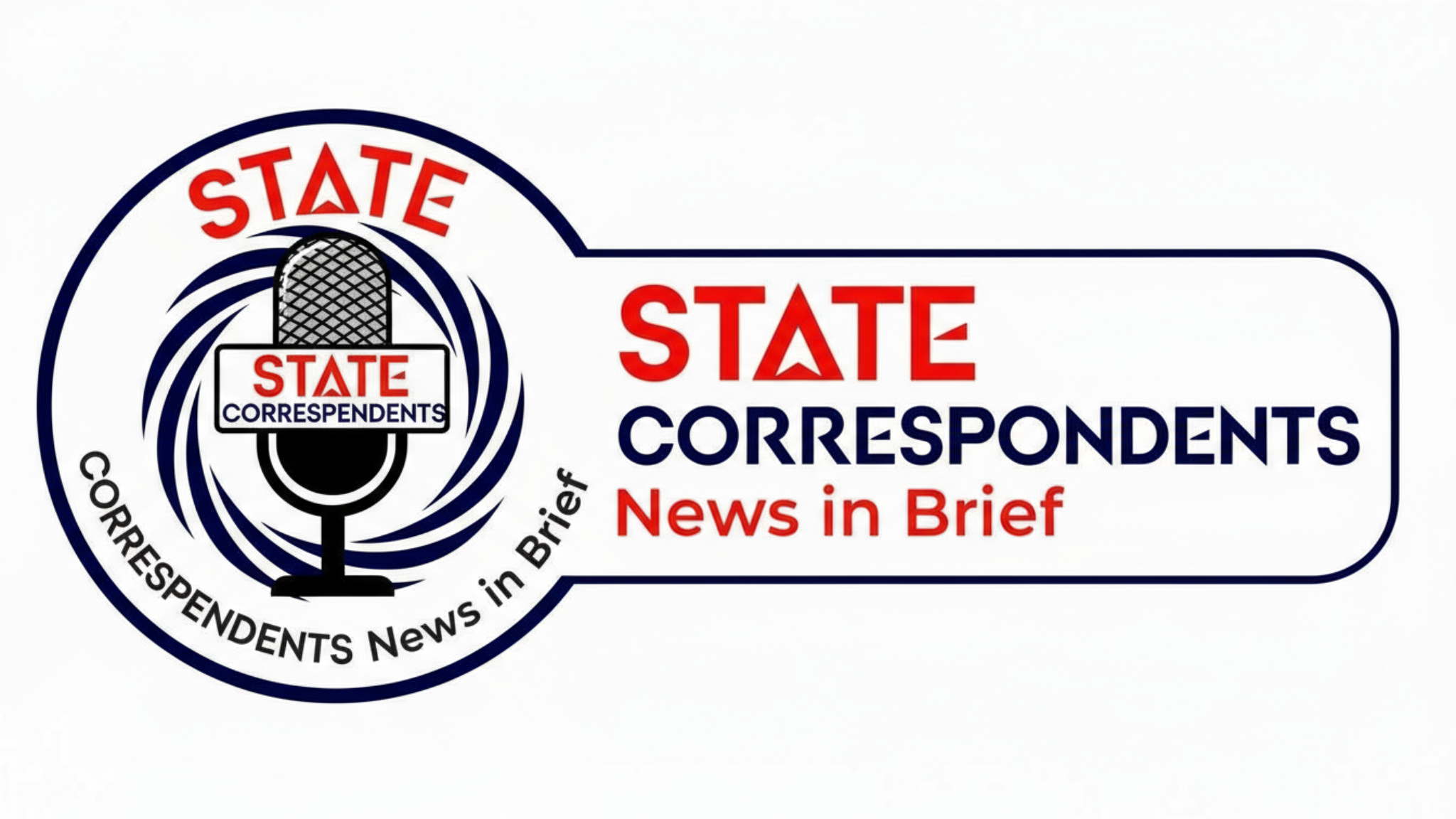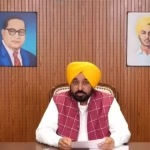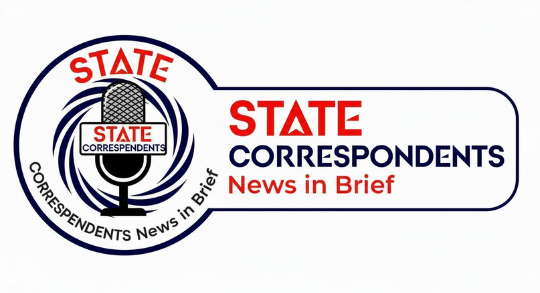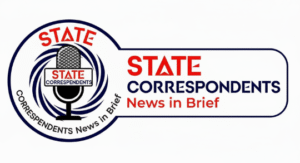Date: November 2, 2025

Illustrative Image
In a strongly worded declaration, Iranian President Masoud Pezeshkian announced plans to rebuild the country’s nuclear facilities “with greater strength,” despite renewed international scrutiny and explicit warnings from the United States. The announcement comes after Iranian nuclear installations were heavily damaged in coordinated US and Israeli airstrikes in June 2025.
Official Remarks from Tehran
“Destroying buildings and factories will not create a problem for us. We will rebuild and with greater strength,” President Pezeshkian told state media during his visit to the Atomic Energy Organization.
– President Masoud Pezeshkian
President Pezeshkian reiterated that Iran’s nuclear program is strictly for civilian and peaceful purposes, such as advancing healthcare, disease solutions, and meeting the nation’s energy needs. He adamantly denied allegations that Iran is seeking nuclear weapons, referencing both domestic laws and religious edicts forbidding such development.
International Background
The United States and its allies have accused Iran of pursuing a clandestine nuclear weapons program—a claim Tehran has repeatedly denied. In June, three major nuclear sites, including the Fordow, Natanz, and Isfahan facilities, were struck in what Washington called “Operation Midnight Hammer”.
President Pezeshkian’s defiant response also comes amid threats from US President Donald Trump to order further attacks if Iran restarts its nuclear activities. However, Iran maintains that the main goal is to use nuclear science for civilian advancements, asserting that “Science lives in the minds of our scientists. If buildings and factories are destroyed, we will build them again, and more powerfully.”
Ongoing Developments
Satellite imagery suggests activity has significantly decreased at formerly targeted nuclear sites, but security and construction efforts are intensifying near the Kolang Gaz La mountain region south of Natanz—a possible indication of new fortified installations under construction.
With diplomatic tensions high and regional mediators like Oman calling for renewed dialogue, the fate of Iran’s nuclear program—and the international response—remains a focal point of Middle Eastern geopolitics.







